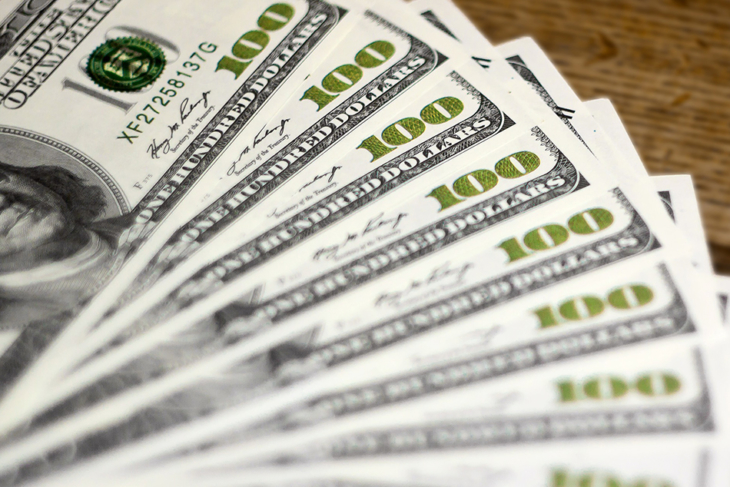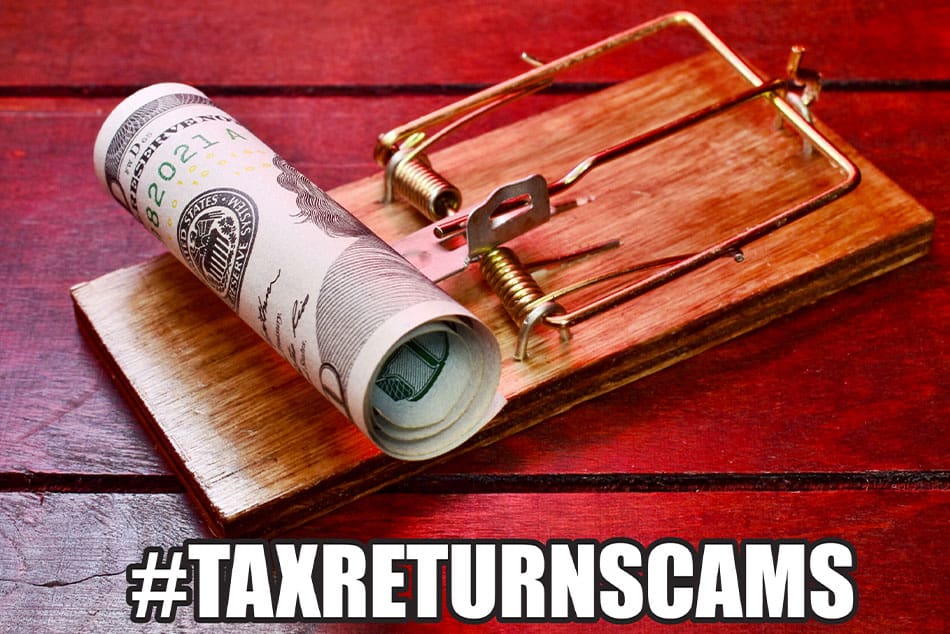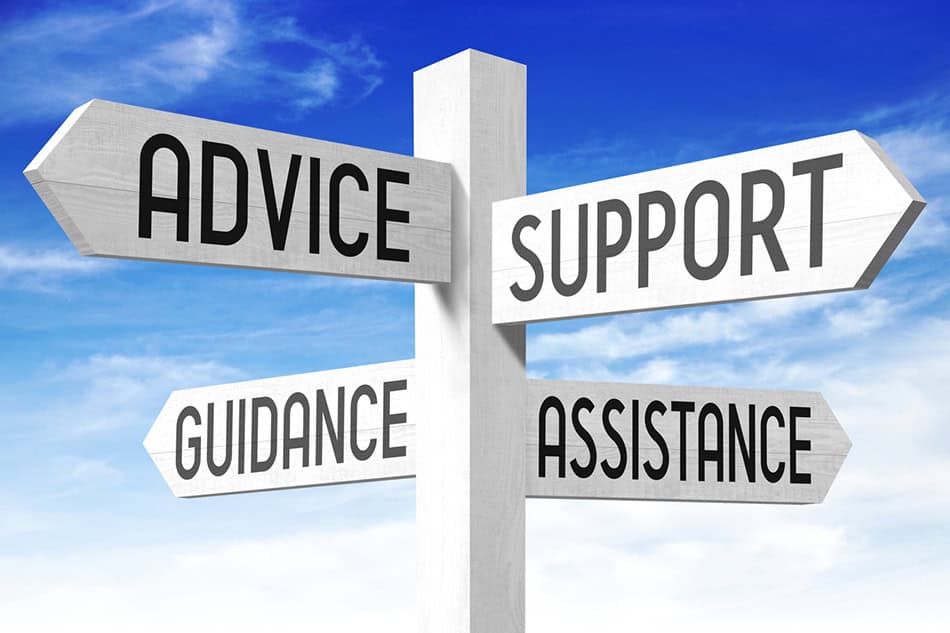How to Spot a Counterfeit Bill
Publicado en Fraud & Security

Everyone loves a stash of cash — unless it’s fake. Counterfeiting technology has become increasingly sophisticated so the US Treasury has also upped its game with built in security features. Look for these signs to help you determine if it’s the real thing:
- When held up to light, a watermark is clearly visible on both sides of a genuine bill.
- A genuine bill of $5 or more has a security thread that runs from the top to bottom of the bill. For $10 and $50 bills the thread is on right side of the bill face; it’s on the left side for $5, $20, and $100 bills.
- A genuine bill of $5 or more uses color shifting ink. On a legitimate bill the color will shift from gold to green or green to black when tilting it back and forth.
- Since 2009, a genuine $100 has a blue ribbon woven into the paper. When you tilt the bill up and down, the bells and the “100’s” move from side to side. When you tilt it side to side, they move up and down
- El retrato que aparece en el billete está impreso ligeramente más arriba que el área circundante. Deberías poder notar una diferencia sutil.
- Cuando se exponen a una luz ultravioleta, los billetes auténticos brillarán: los billetes $5 brillan en azul, los billetes $10 brillan en naranja, los billetes $20 brillan en verde, los billetes $50 brillan en amarillo y el billete $100 brilla en rojo.
- Busque líneas impresas muy finas en el borde del billete, tanto en el anverso como en la reserva.
- La moneda estadounidense legítima se imprime en papel fabricado con algodón 75% y lino 25%. Se trata de un papel fino con un tacto agradable. No es tan suave como el papel que se utiliza habitualmente en la oficina.
Qué hacer si te han pasado un billete falso
Si un billete que le han entregado no pasa las pruebas de autenticidad y usted cree que es un billete falso, el Departamento del Tesoro de los EE. UU. recomienda el siguiente curso de acción:
- No te pongas en una situación de peligro.
- Si es posible, conserve el billete y no lo devuelva al transeúnte.
- Si es posible, retrase al transeúnte con una excusa. Tenga mucho cuidado si elige esta vía.
- Tome nota cuidadosamente de la apariencia física del transeúnte y registre la matrícula de su vehículo si es posible.
- Comuníquese con su departamento de policía local o llame a su oficina local del Servicio Secreto.
- Escriba sus iniciales y la fecha en el borde blanco del billete sospechoso de ser falso.
- Handle the counterfeit bill as little as possible. Place it inside an envelope or other protective cover until you can pass it on to an identified Secret Service agent.


